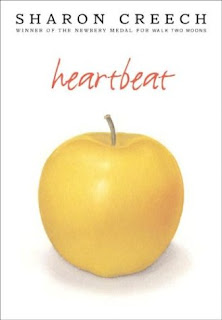A man and a wife were expecting a baby when the wife began craving Rapunzel growing in a garden next door. The husband snuck in the garden on a nightly basis to get the Rapunzel and was soon caught by the witch. The witch demanded the couple to give her their baby in exchange for the Rapunzel and kept the girl locked up alone in a high tower. She would climb up Rapunzel's long hair to get into the tower and discovered that the prince had been there when Rapunzel became pregnant with twins. The witch was so angry she cut Rapunzel's hair off and blinded the prince by pushing him off the high tower. Rapunzel heard the prince's voice a year later and healed his blindness with her tears after she found him. The prince and his new family returned to his kingdom.
I would use this book in the classroom in order to demonstrate to the students that authors are real people and can sometimes be both the author and illustrator. I would discuss how the author studied art from the Renaissance period before doing the illustrations for this book. I would also ask the students to read the author's note at the very end of the book which goes over several different versions and how the story of Rapunzel has been retold over time. I would ask students to draw comparisons and detect differences between Zelinsky's Rapunzel and the other stories that he brings up in A Note About "Rapunzel." Students would also get a chance to get onto the computer and make comparisons between the artwork in the story and the artwork created by famous artists. The students would also have the opportunity to write a letter to Paul O. Zelinsky and either ask him questions about his version of Rapunzel or tell him specific things they like about the text or illustrations.
AR Book Finder Book Level 4.6


















